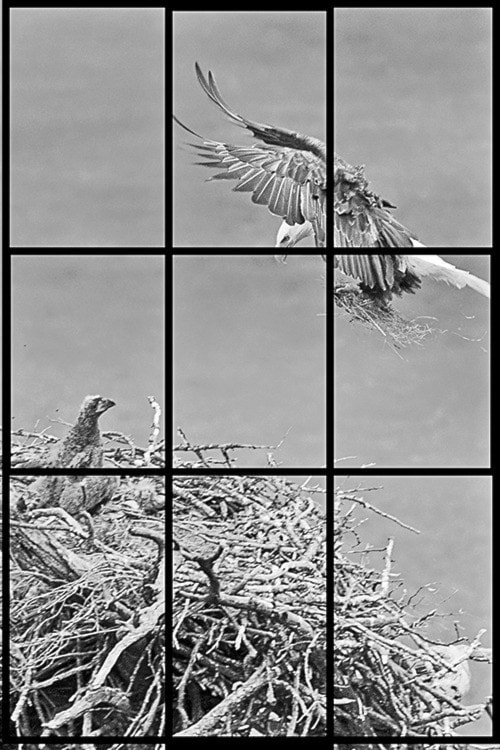I enjoy pretty much everything when it comes to photography. I am happiest when I get to talk about it, read about it, and look at other photographer’s work, and of course, any occasion where I get to point my camera at a subject.
Famous and influential photographer Edward Weston wrote, “Photography suits the temper of this age - of active bodies and minds. It is a perfect medium for one whose mind is teeming with ideas, imagery, for a prolific worker who would be slowed down by painting or sculpting, for one who sees quickly and acts decisively, accurately.”
Weston most likely said this sometime in the 1950s, but it aptly describes many of those taking pictures with all kinds of cameras in the 21st Century. Yes, it is the, “perfect medium for one whose mind is teeming with ideas…”
As I looked at several iPhone images that were proudly posted online I thought how his words fit many modern photographers.
However, there I was looking at many pictures that, although quite creative and colourful, lacked the basic compositional guidelines I was taught (I suspect Weston learned also) and are still being taught in almost any class on photography.
Photographic composition is the selection and arrangement of the subject within the picture area. However, what I saw seemed in many cases to be hastily captured images with little regard to the importance of any centre of interest that might help viewers identify what the photographer is trying to communicate.
Maybe it is the conditioning we get by clumsily pointing our cell phones at a subject, or the thoughtless reliance on a camera’s auto focusing device to select whatever is in the middle of the viewfinder for proper focus.
There is a compositional guideline called, “the rule of thirds”. This so-called rule is a simple principal that divides an image into thirds, horizontally and vertically, and tells us to position the most important elements in our scene along these lines, or at the points where they intersect, and by doing so, adding balance and interest to one’s picture (see eagle photo on the right).
I subscribe to four components when I create a picture:
1. The Centre of Interest: A strong center of interest helps the viewer identify the point of the picture, or what the photographer is trying to communicate.
2. Angles: Begin by looking at the subject, move around - up and down, vertical or horizontal. Decide what should or should not be included.
3. Distance: Don’t back away. Eliminate everything that does not add to the picture.
Close-ups convey intimacy, long shots build space and depth.
4. Background: The background can make or break that photograph. Use the background to build interest in the center of interest.
There will be those photographers that in the interest of their own creative freedom will disregard anything that they believe will restrict their photographic independence and innovation, or what they think might apply limits to their imagination.
I wouldn’t agree with that. I don’t think this is an argument of vision.
If our goal as photographers is to create an image that withstands the test of time and communicating a personal vision, then one must learn the basics of composition in the same way as one would learn the basics of exposure, or how to make the camera actually work whether it’s a DSLR, or a feature of a cell phone.
These are my thoughts for this week. Contact me at emcam@telus.net. Stop by Enman’s Camera at 423 Tranquille Road in Kamloops. Or call (250) 371-3069. I sell an interesting selection of used photographic equipment.
